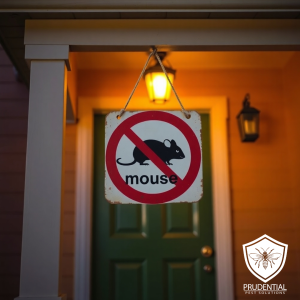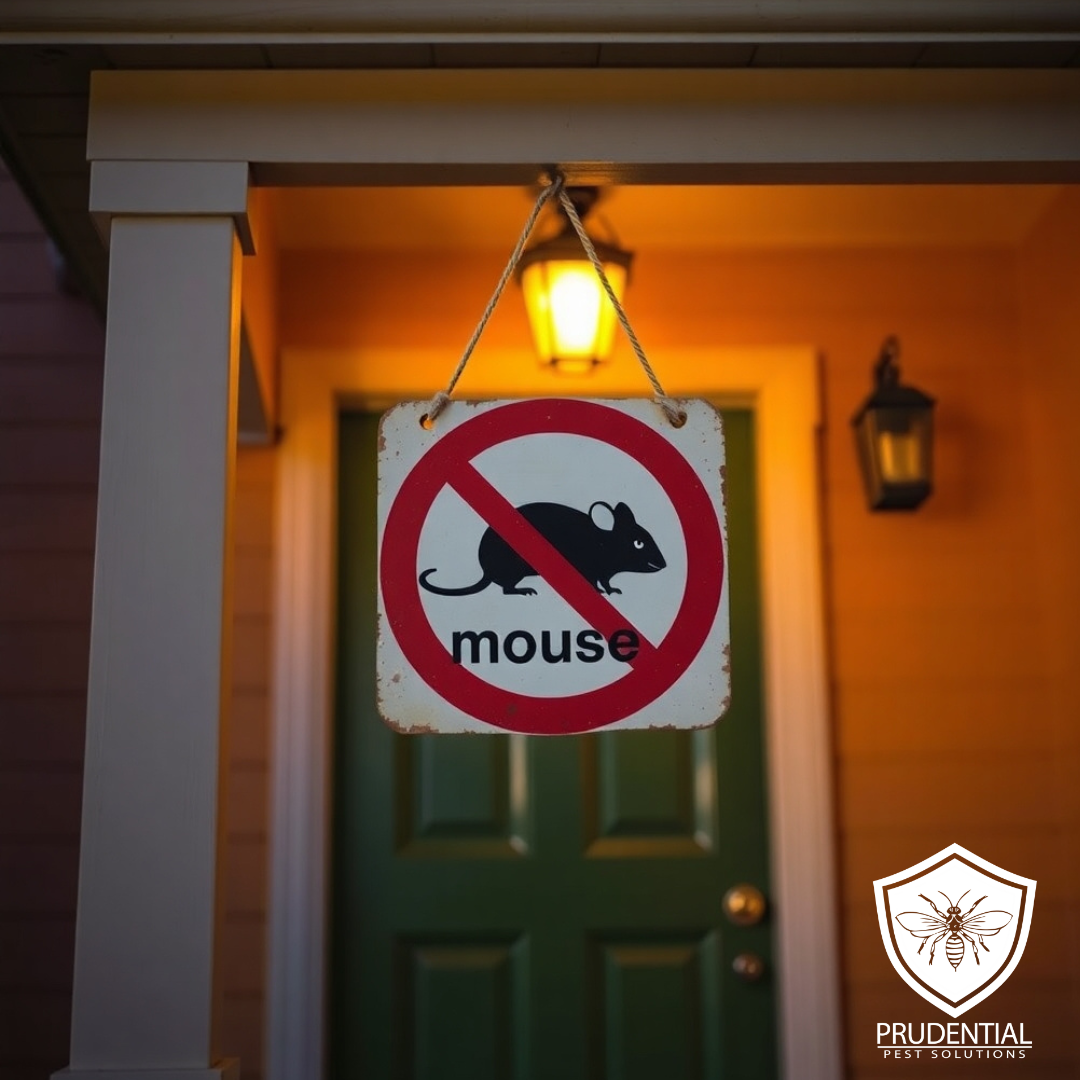Rodent Control Starts on the Outside

mouse proofing
Whenever we get a service request for rodents, we always start on the outside of the property. Rodents do not just magically appear on the inside of your home. The inside of your home rarely contains all of the necessary resources that rodents need to survive and thrive. Therefore, rodents tend to be able to enter and exit the structure and this is where treatments should be focused.
Whether you live in a single-family home, row home, or apartment, there are always methods and techniques to better rodent proof your dwelling. With row homes and apartments, the rodent issue may be coming from the neighbor’s side and your options may be more limited. Single-family homes do not have as many issues with neighbor’s causing the infestation, because the home isn’t connected to another home., but can be problematic to rodent proof due to their larger size.
As a general rule, mice only need an opening the size of a nickel or even a dime to enter a structure. This very small size opening can sometimes be difficult to spot or difficult to eliminate. For example, if the neighbor’s home has a large opening that is allowing rodents to enter the structure, then your home could become infested if your home is connected. Another example of a difficult situation to seal up rodent openings are in older homes that have stone foundations. The gaps and crevices that are naturally there due to the construction, can provide a super-highway for rodents to enter the structure. More typically, rodents enter the structure through gaps under the garage door, door frames, and areas where plumbing/wiring/HVAC lines come into the house.

rodent proofing
Exclusion is always a great option
So what options does the homeowner have to treat and then prevent future rodent infestations? Ideally, all of the current and potential rodent entrances would be sealed. This should not be first if you are currently experiencing a rodent infestation on the inside of the home. Steel wool and caulk are sufficient for sealing up most gaps and entrances. We use a product called “xcluder” cloth to seal up larger openings and even prevent larger rodents and animals from entering the structure. Remember, caulk or sealant alone will not keep rodents from entering the structure since they are known for chewing materials that are much stronger. Steel wool and copper meshing are also great alternatives to block entrances.
Rodent Bait Used the Right Way
If you have sealed up all of the openings, or have a situation where it is not possible to physically seal up the openings, then the usage of rodenticides is the next best approach. There are many different types of rodenticides that can be purchased and used. Always read the directions and follow them to the fullest. We always use a lockable rodent station to house the rodenticide. These stations are placed along the outside perimeter of the structure to reduce the rodent population around the structure. The stations themselves are designed to only allow rodents to enter the station and feed on the rodenticide. This is important because we want to make sure that only rodents and not pets, people, or non-target species have access to the inside of the stations. So as not to draw attention to the fact that you have rodent stations on the outside of your home, many stations look like black boxes, fake rocks, and even circuit boxes. Although liquid rodenticides can be used in these stations, most often a solid or gel rodenticidal bait is placed in the station.
Professional exterminators and pest management professionals can apply a rodenticide dust to gaps and crevices. This dust is placed on rodent entrances and the rodents consume the rodenticidal dust when they groom themselves. The dust can be very effective in circumstances where the rodents are not eating the bait. This method is reserved for pest control professionals only as the rodenticidal dust is not readily available to homeowners.
To Repel or Not Repel, that is the question
Repellants are another option that homeowners use to combat rodent infestations. Repellents can be very effective in limited circumstances. Ultrasonic repellents that are plugged into an outlet and emit an ultrasonic sound are not very effective in my opinion. I have seen many active rodent infestations that are thriving in areas that have these ultrasonic devices installed. Granular repellents utilize an odor to repel the rodents. Most of the time the odor is a mothball type smell that you are to sprinkle around the outside of the home. Not only do people not like the smell, rain and other weather conditions will impact and diminish the effectiveness of the repellent.
The only repellent that I have seen work on a consistent basis was one in which the repellent had a spicy flavor to it. The situation that this works the best is when rodents are chewing on a specific area or on wires. The spicy repellent can be applied to the specific areas where the rodents are chewing that it should stop them from chewing. Of course, you need to read the directions and apply only as the label dictates. Watch out for staining and for where pets have access before you apply.

Mouse and Rat Control
We are experts in resolving rodent issues in residential and commercial properties. If you have been fighting a rodent infestation for too long, give us a call and we can get you on the path to being rodent free!

Comments are closed